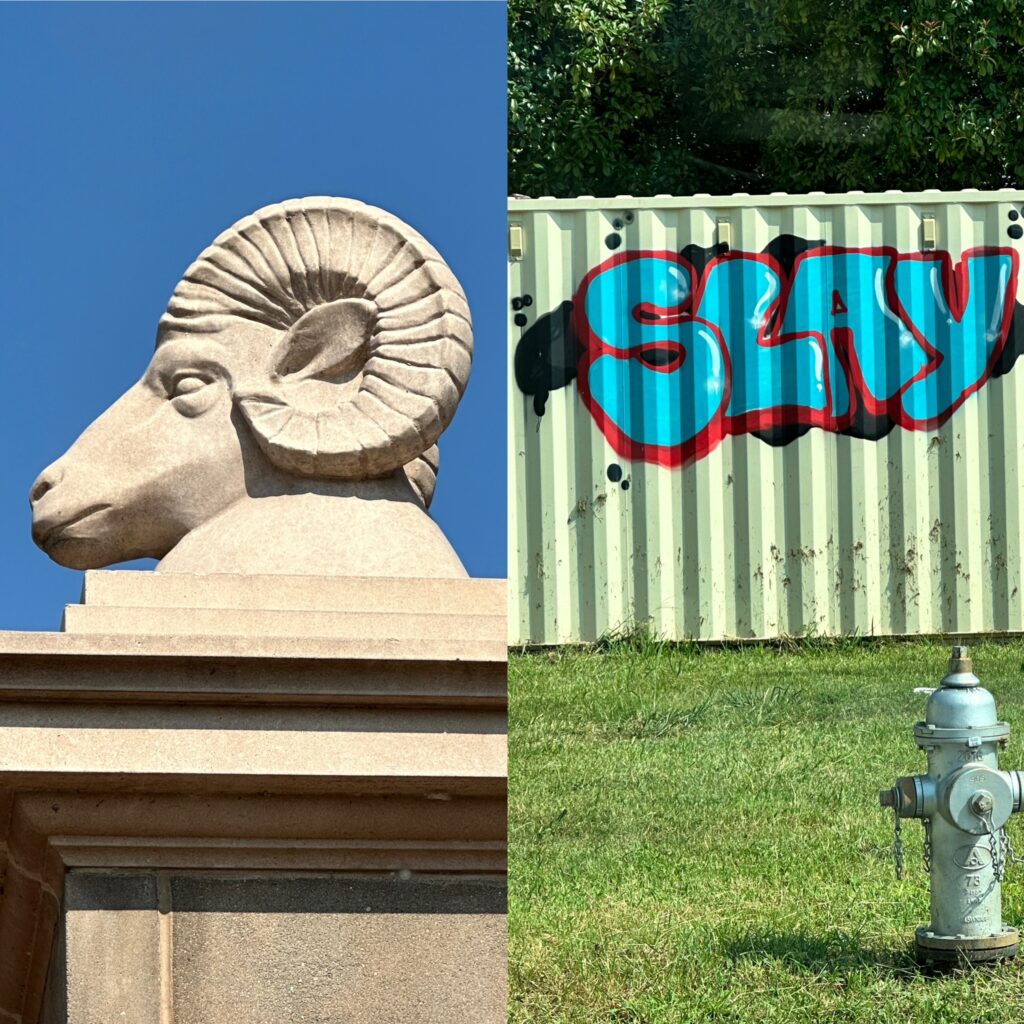
I’ve been thinking a lot lately about how much easier and quicker it is becoming to make the business case for anthropology between research deliveries, class lectures, and introductions to new clients. Everyone appears more aware of what they don’t know. How do we make sense of a population and the environment in which they have to make choices? We often only study one or the other of those, and arguably not very well. Knowing feels like magic compared to not knowing. It’s why often research can feel predictive – but the real magic is in the desire to know and choose to understand.
Whether it’s shortcomings of big data or the limitations of the so-called efficiencies we’ve “gained” in recent years regarding social listening (word clouds with no context, poor sentiment analysis, massive channel blind spots), there’s frustration and outright anxiety/fear over making a call based on an incomplete data picture. We’ve seen this in every industry, from Defense to Tourism. There’s still a little learning curve in terms of the exact technique (such as #digitalethnography in my case) but conceptually there’s a hunger for understanding.
Let’s back up and even take the classroom experience right now when I talk about Digital Ethnography to a room largely full of dozens of Gen Z undergrads: there’s a collective agreement surrounding survey cynicism* and an ah-ha moment about taking digital lives and behavior seriously. Their lens is whether others are accurately making assumptions about THEM.
With clients there’s an admission that usual pipelines of data have blindspots. Such as not capturing the thought process before interacting with the brand – or data collected too early in the journey. That last one may seem far-fetched but is surprisingly common in healthcare where patient experience data is often collected before bills arrive (pretending that cost is not a part of the American healthcare experience).
This is really about context. Can we understand context with only partial data? Consider the two images here: Is the sculpture at a college or a zoo? Is there a corresponding female sculpture nearby? Does the shipping container distributor know it’s near a hydrant or has graffiti?

There’s likely an abundance of data around these two objects, from architectural drawings to drop off schedules but nothing that may tell the story of how they’re really perceived or used in context. Not all context is helpful to all parties, but we collect so much data without knowing the story of who we serve we set a trap for ourselves. This is where an anthropological approach can help fill in gaps and give a more complete understanding.
It makes me hopeful that I am seeing more and more of a desire for context and full understanding from both those doing the studied and the people who want to be better understood. People who don’t just mean saying yes to tracking between apps but to pay attention to why they have to use multiple apps to begin with.
————
Bonus: There was a great roundtable a couple of years ago more broadly looking at the case for business anthropology if anyone is interested – it has some interesting bits on how it can uncover tough truths: https://businessanthro.com/making-the-case-for-business-anthropology-video/
* My favorite example gimmick is asking a massive lecture hall if they have completed a political phone survey at all, ever – the answer is ALWAYS crickets with all or nearly all saying no, showing how their opinions and behavior aren’t included in the constant media talk of polls, etc. What’s more interesting is this also is the case with my Gen Z and Millennial graduate students AND most Gen X’ers in speeches I’ve asked.
Dean Browell
Co-founder Dean Browell leads Feedback’s research as the resident PhD with a passion for how generations interact online. He is also co-founder of Hidden In Plain Site and President of the Board for The Poe Museum, and University of Richmond’s Institute on Philanthropy. Dean teaches courses at VCU School of Business.
